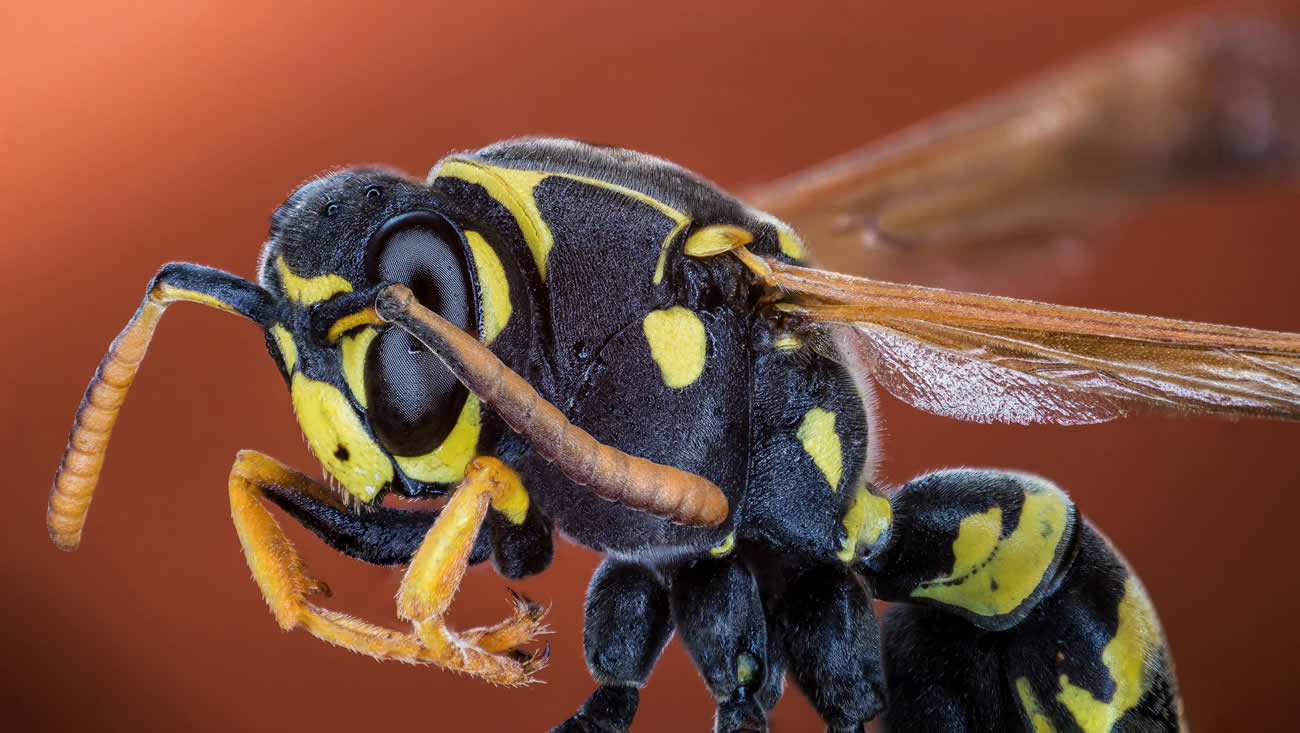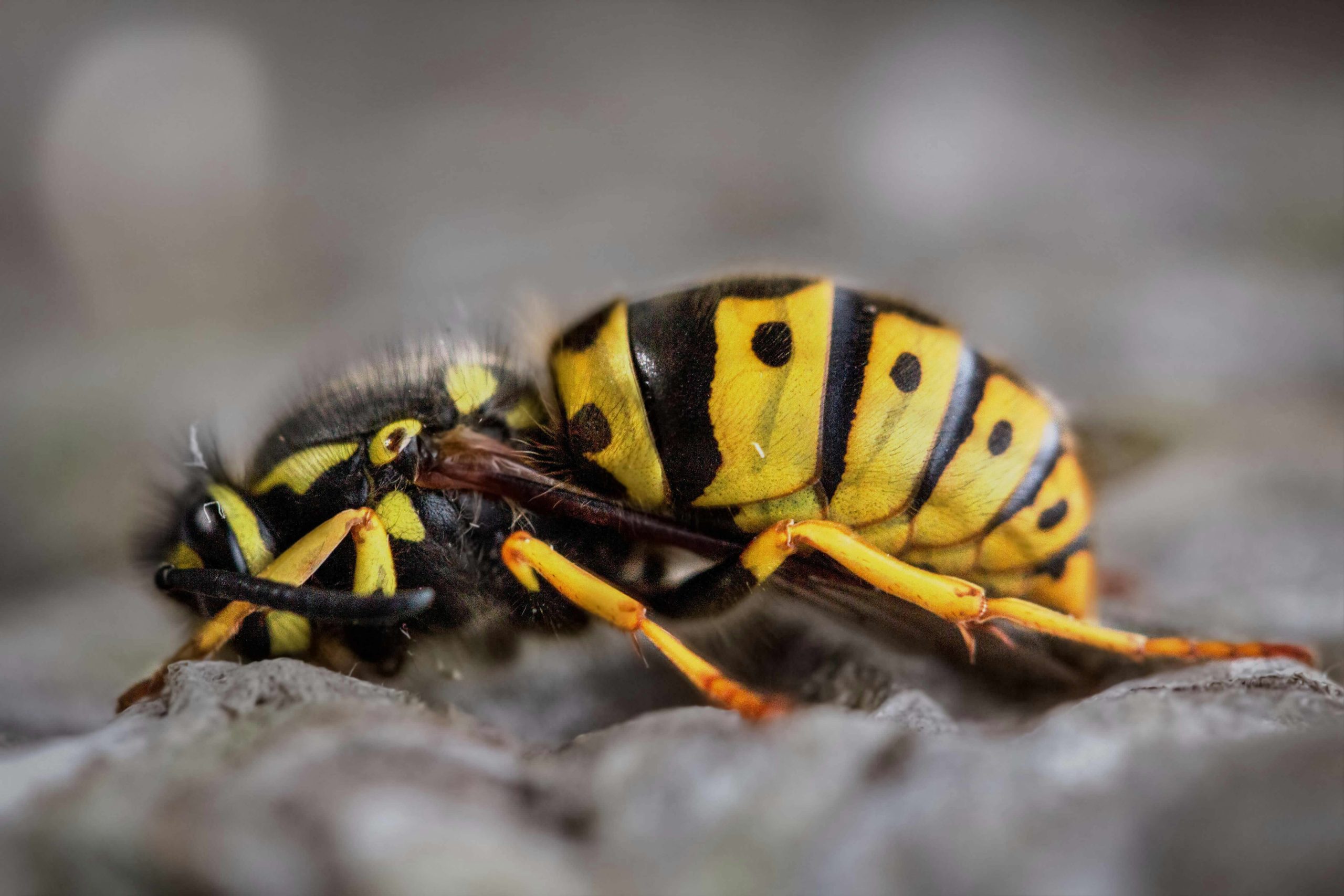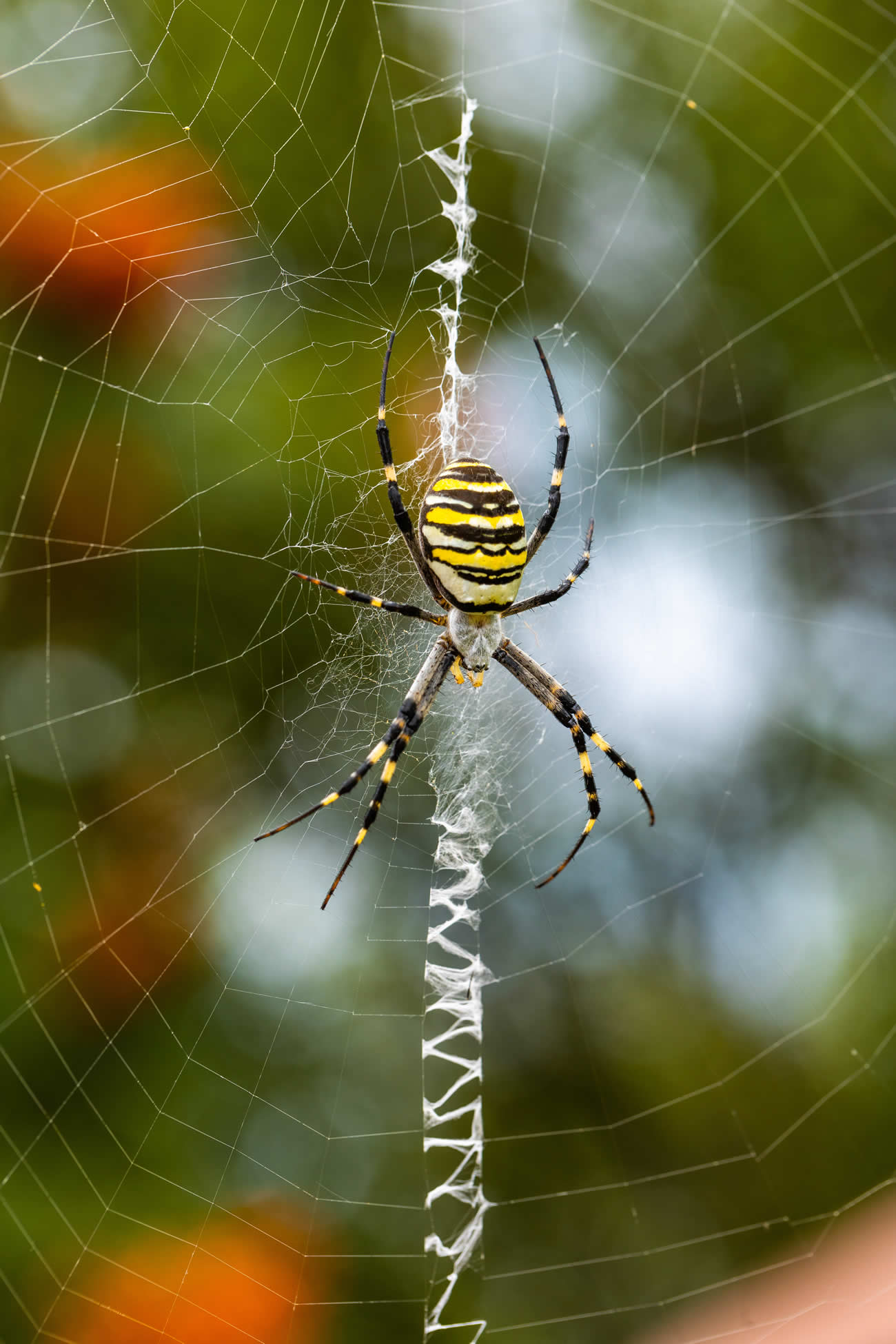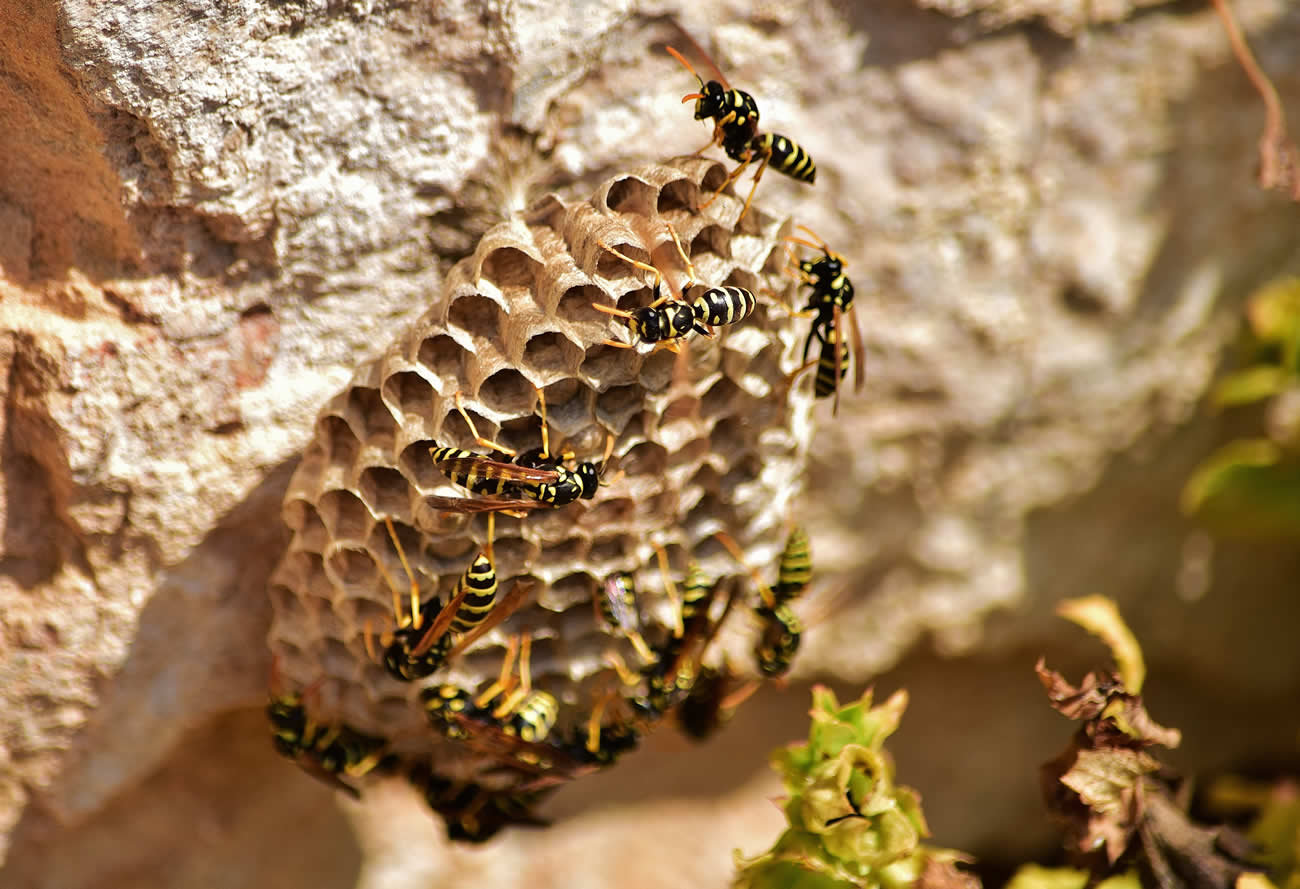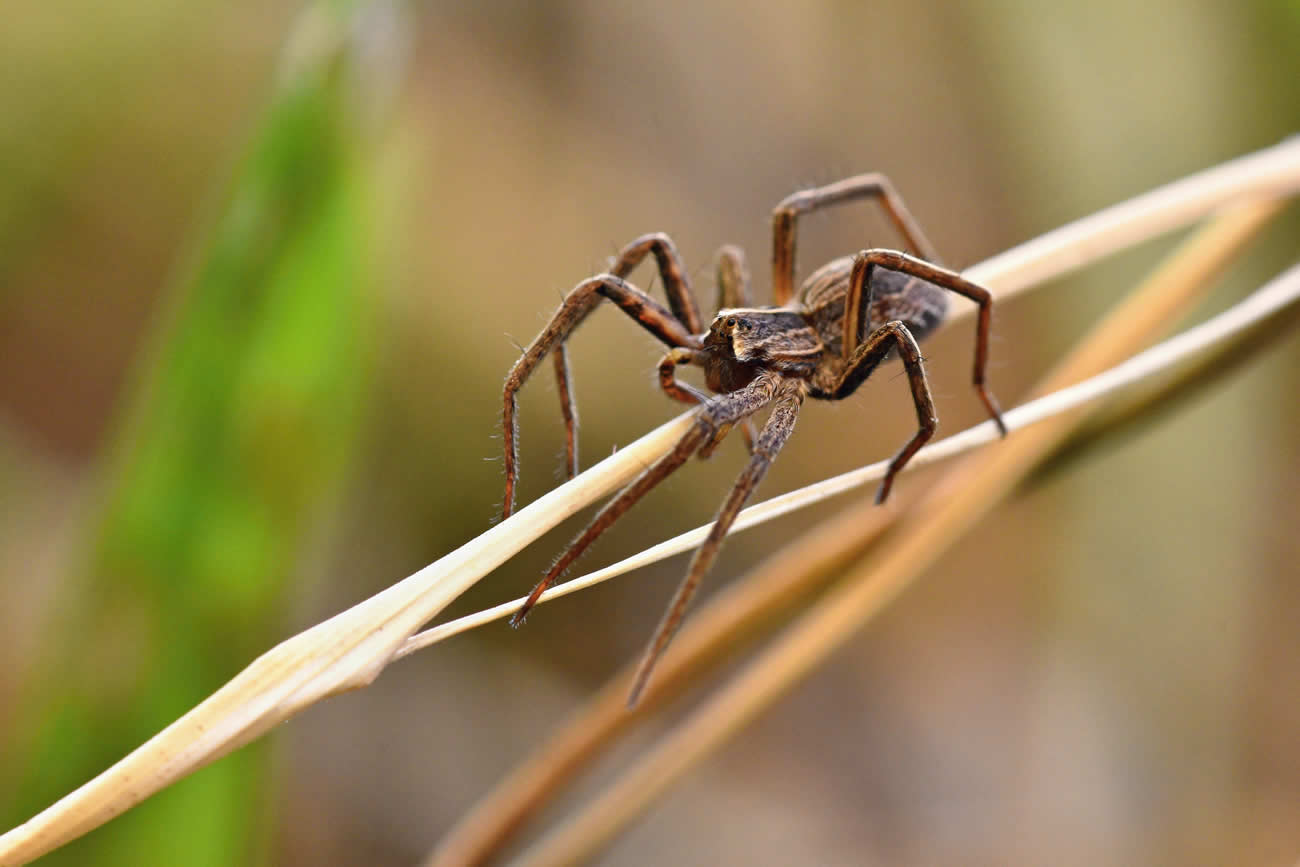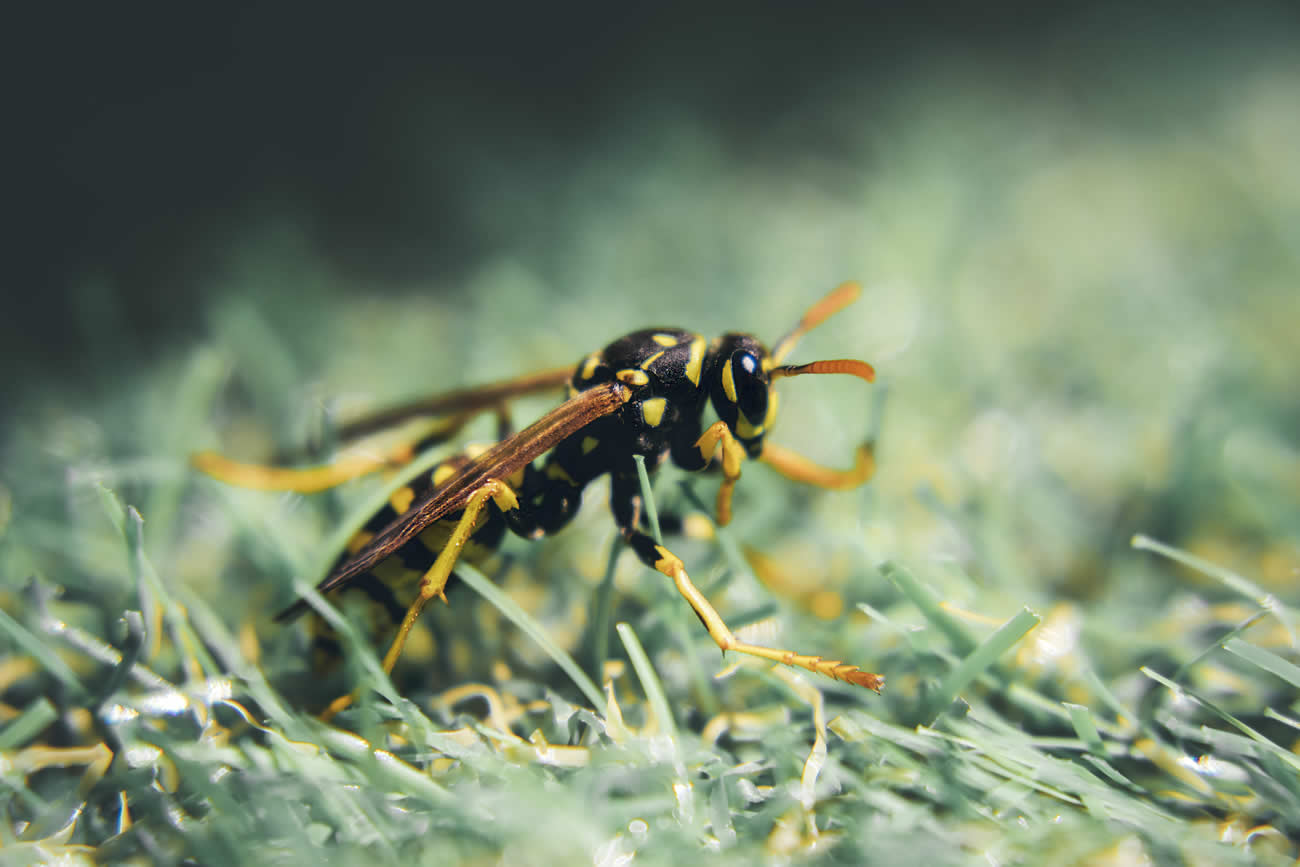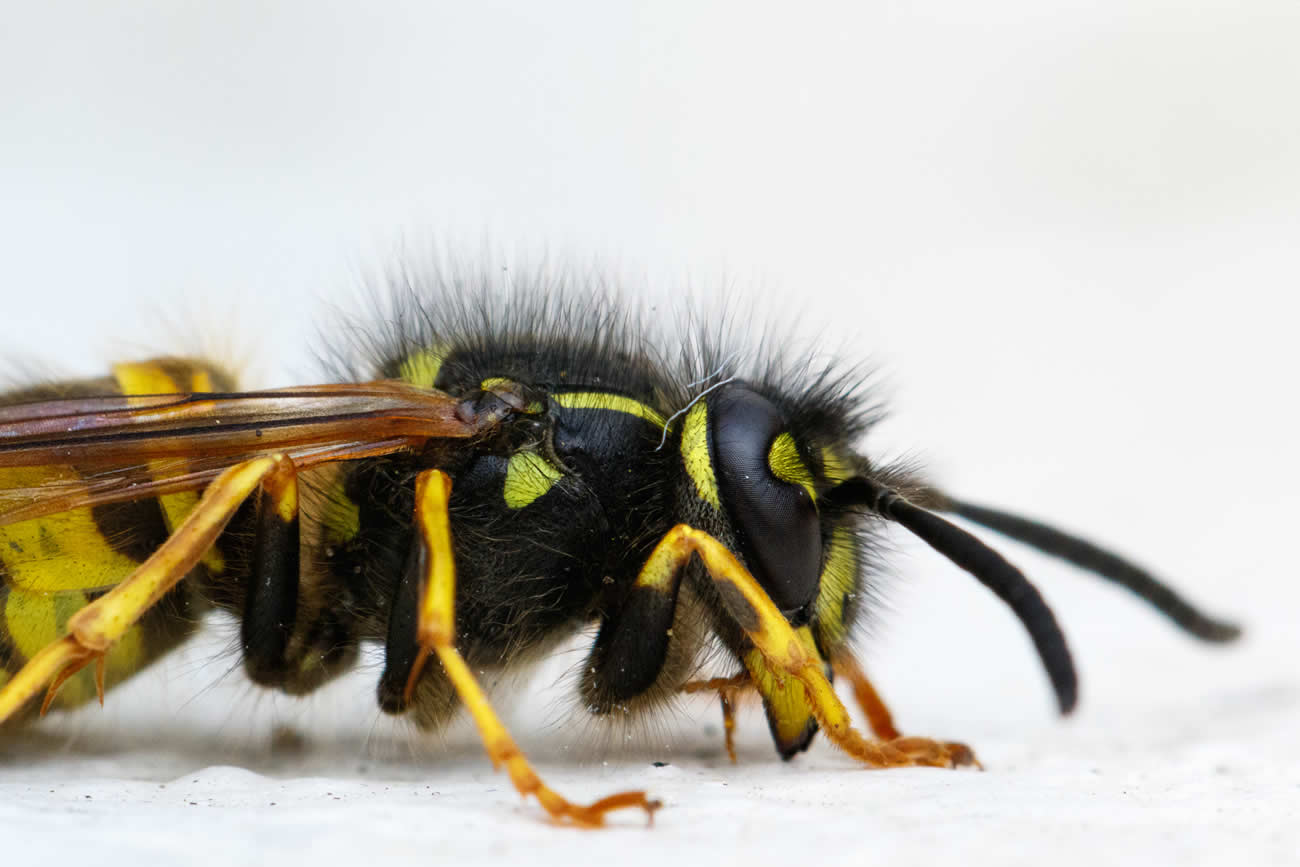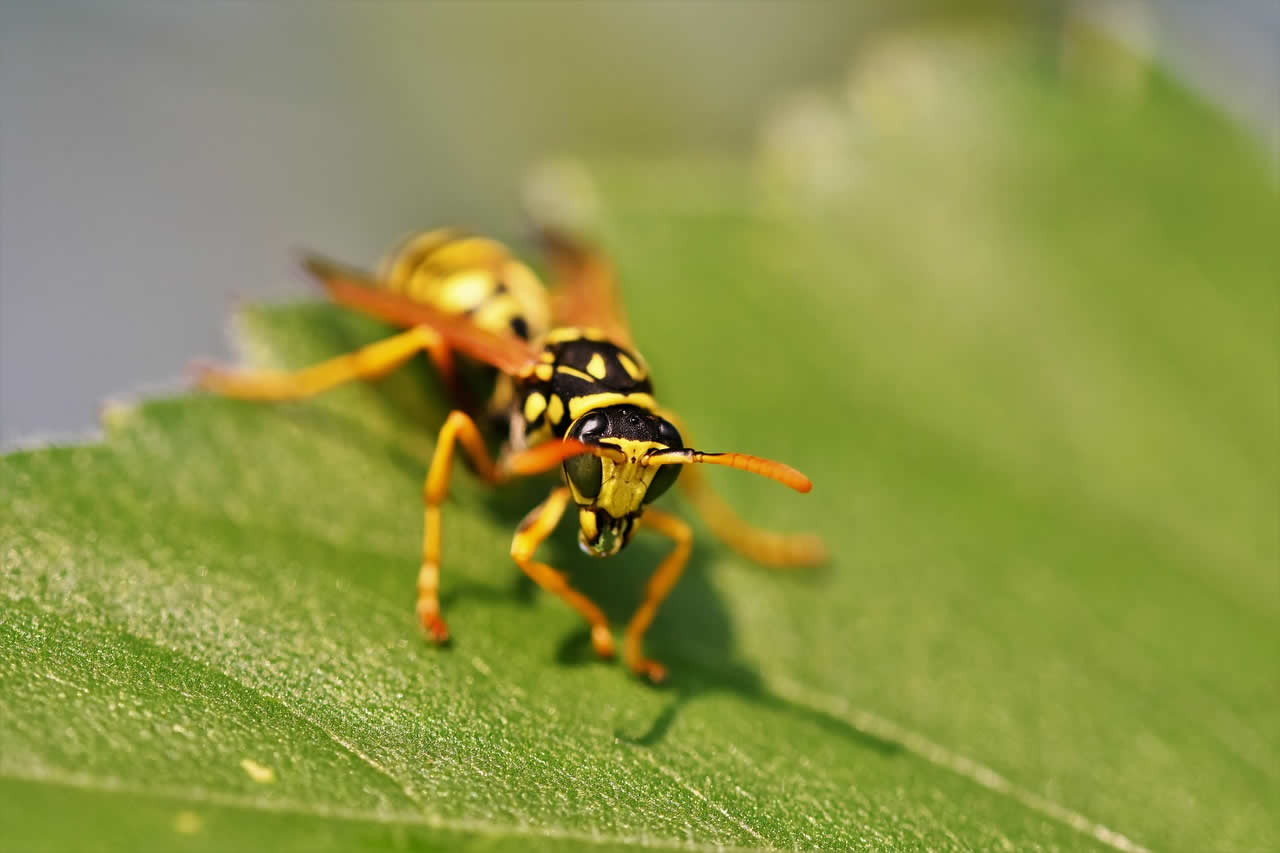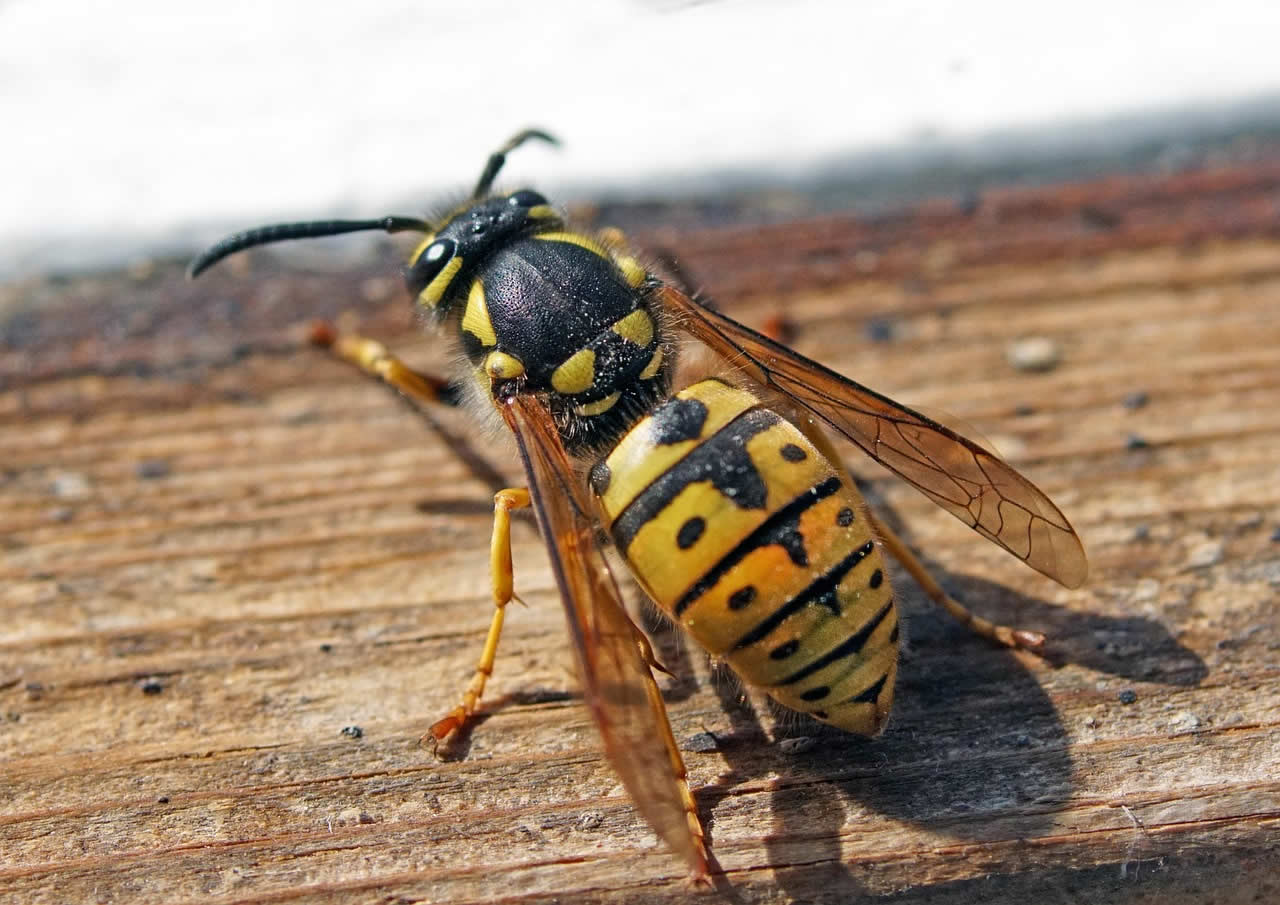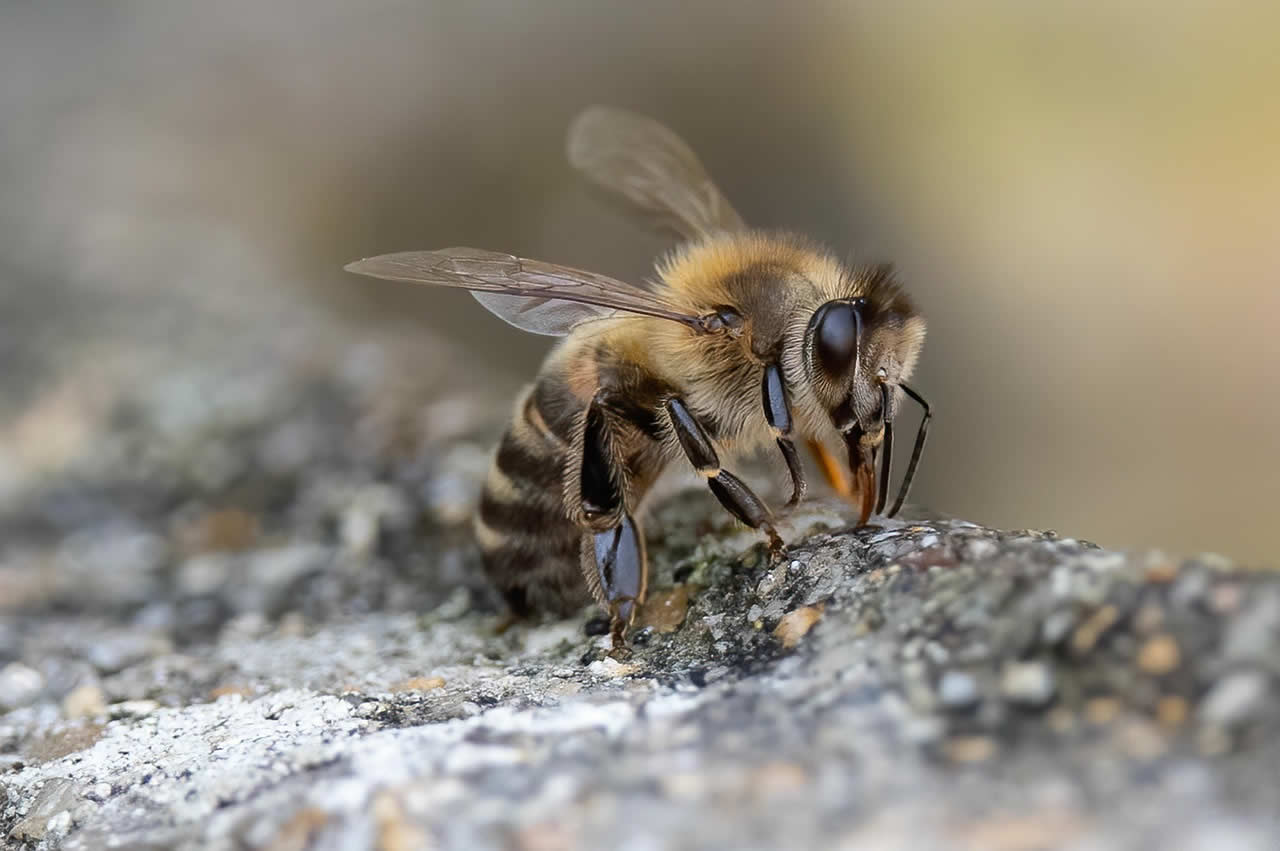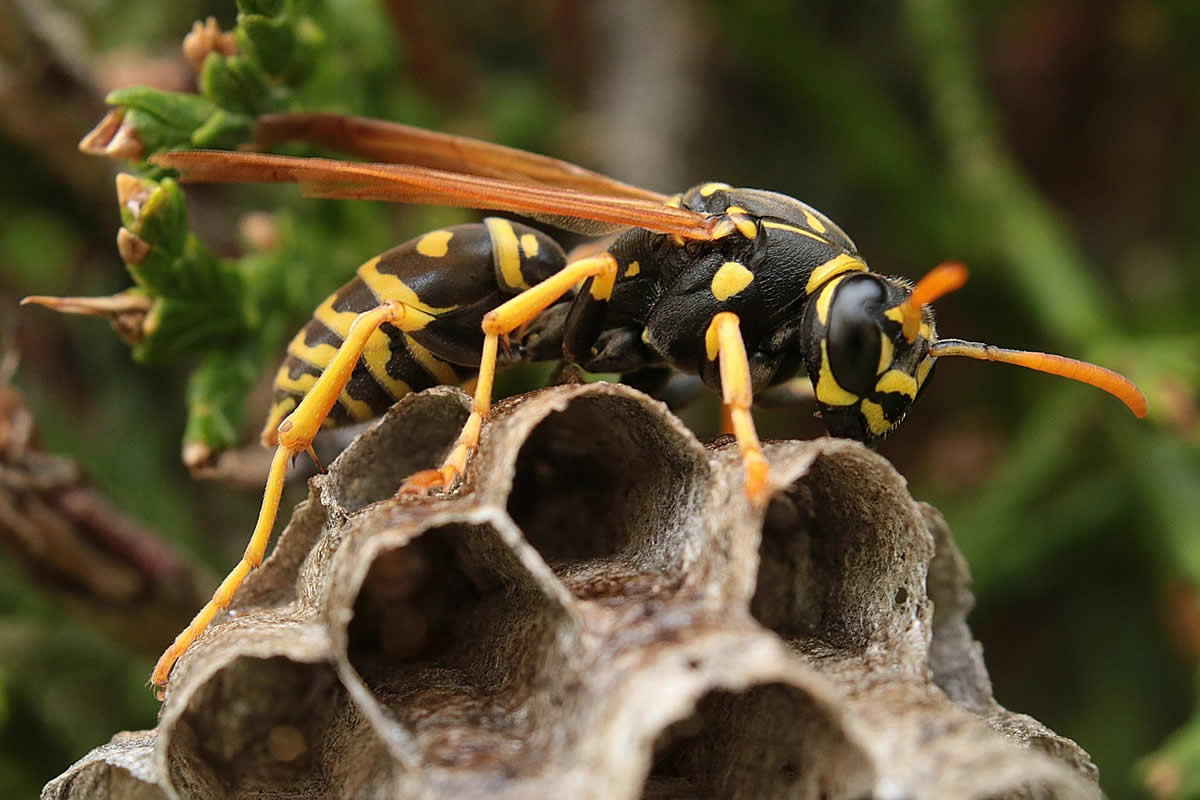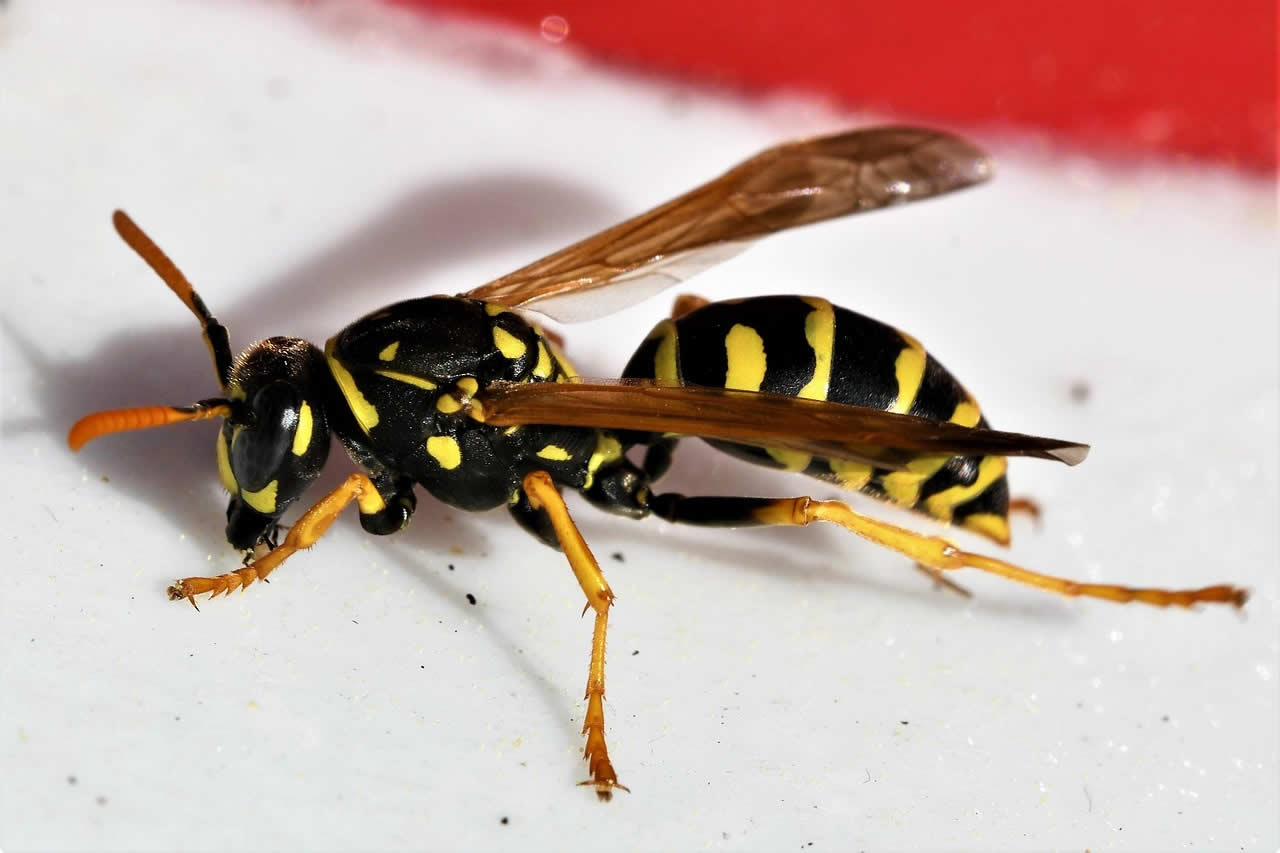Discovering a wasp nest in your shed can be alarming, especially when you realise that even a small wasps nest in shed can grow to the size of a tennis ball.
However, this isn’t just about size – these nests, built from materials like paper, mud, or clay, can pose serious risks to you and your family. Importantly, if you’re allergic to wasps, attempting to remove the nest yourself could be dangerous.
We’ve found that catching these nests early in spring is crucial, as they can quickly grow larger and become more challenging to remove. Furthermore, these industrious insects often choose sheds for their warmth, building their colonies with one queen and numerous workers in hexagonal cells made from saliva and other materials.
In this guide, we’ll walk you through our expert approach to safely removing a wasp nest from your shed, ensuring you have all the necessary knowledge and tools to tackle this challenge effectively.
Table of Contents
ToggleIdentify the Wasp Nest Location
Spotting a wasp nest early makes removal significantly easier. Since wasps prefer dry, dark, and undisturbed places, sheds offer an ideal nesting environment.
Common hiding spots in sheds
Wasps typically construct their oval-shaped nests from chewed wood fibre mixed with saliva, creating a distinctive paper-like texture. Inside sheds, these nests are primarily found:
- Tucked into ceiling corners
- Behind stored equipment
- Near window frames
- Under roof eaves
- Near wooden structures
The size of these nests varies throughout the season, starting small but potentially growing larger than a football. The queen begins construction alone, whilst worker wasps take over once they emerge.
Signs of wasp activity
Several clear indicators point to a wasp nest in your shed:
Firstly, watch for increased wasp traffic, particularly wasps following the same flight path. A steady stream of wasps entering and exiting a specific spot strongly suggests a nest nearby.
Additionally, listen for distinctive sounds. Whilst building their nests, wasps produce a combination of buzzing, tapping, and crackling noises. These sounds might initially be mistaken for dripping water.
Visual signs include:
- Grey or brown paper-like structures
- Chewed wood marks on fencing or furniture
- Damp patches on walls or ceilings from nest condensation
Best time to inspect
Morning inspections prove most effective, particularly during early spring when nests are smaller. By mid-summer, established nests become more noticeable, marked by consistent wasp movement.
Throughout the inspection, maintain a safe distance. Wasps become territorial near their nests, particularly during warmer weather. Should you spot a small nest early in the season – about the size of a golf ball – this indicates a recently started colony.
Notably, wasps construct new nests each spring rather than reusing old ones. Therefore, whilst conducting your inspection, remember that any abandoned nests from previous seasons pose no threat. Nevertheless, prompt identification of active nests remains crucial, since colonies grow rapidly once established.
Essential Safety Equipment
Proper safety equipment stands between success and potential injury whilst removing a wasp nest. Before starting the removal process, gathering the right protective gear proves crucial.
Protective clothing requirements
A full-body protective suit offers maximum coverage against wasp stings. The suit must be roomy enough for movement yet snug enough to prevent gaps where wasps might enter. For optimal protection, the suit should feature:
- Dual security at neck junction
- Clear-view veil for excellent visibility
- Durable YKK zips
- Velcro fastening at cuffs
The material choice significantly affects both durability and sting resistance. Heavy-duty cotton or thick synthetic fabrics provide reliable protection. Moreover, specialised gloves made from thick material keep hands safe whilst maintaining the flexibility needed for precise movements.
Tools needed
Beyond protective clothing, specific tools ensure a safe and effective removal process:
- Wasp spray
- Flashlight for better visibility
- Broom or extendable pole
- Sealed plastic bags
- Sealant
- Disinfectant and soap
- Ladder (if required)
For head protection, a beekeeper’s hat with a wide brim proves invaluable, offering shade whilst keeping wasps away from your face. Sturdy boots protect your feet and lower legs from ground-based wasps.
Regular maintenance of safety equipment remains vital for continued protection. Store all gear in a dry, cool place away from direct sunlight to prevent material degradation. Additionally, inspect the equipment regularly for tears or damage that might compromise its effectiveness.
For enhanced safety, ensure each piece fits correctly. The protective clothing should allow free movement without exposing skin. Likewise, face protection must remain clear of smudges or cracks for optimal visibility during the removal process.
Remove the Wasp Nest Safely
Timing plays a crucial role in successful wasp nest removal from your shed. After donning protective gear, understanding the optimal conditions for removal becomes essential.
Best time for wasp removal
Night-time presents the ideal opportunity for wasp nest removal, as all wasps return to their nest after sunset. Alternatively, early morning works well, ensuring most wasps remain inside the structure. This timing minimises the risk of encountering foraging wasps that might return during daytime removal attempts.
Step-by-step removal process
- Initial Assessment: Confirm the nest’s location and ensure all wasps are present inside.
- Preparation: Place a large plastic bag or bin liner near the nest site. Subsequently, create a small opening in the bag for insecticide application.
- Treatment Application:
- Point the insecticide nozzle directly at the nest entrance
- Apply the spray steadily, focusing on complete coverage
- Expect increased wasp activity as they respond to the threat
- Securing the Nest: Once treated, carefully enclose the entire structure in the prepared bag. Afterwards, seal all openings tightly to prevent escapes.
- Final Removal: After confirming the nest is inactive, gently detach it from its location. Then, take the sealed bag outside immediately.
Emergency procedures
Should wasps become agitated whilst removing the nest, follow these critical steps:
- Remain calm and avoid sudden movements
- Move away slowly, protecting your face
- Exit the area through your pre-planned escape route
For ground-based nests in your shed, utilise insecticidal dust rather than liquid treatments. Whilst some sources suggest using boiling water or household solutions, these methods often prove ineffective and might increase the risk of attacks.
In cases where the nest proves difficult to access or appears particularly large, seeking professional assistance becomes the safest option. Professional pest controllers possess specialised equipment and expertise to handle complex removals safely.
Remember, attempting to block nest entrances often proves counterproductive, as wasps can create new exits. Instead, focus on complete nest removal once all wasps have been neutralised. After removal, thoroughly clean the area to eliminate pheromones that might attract future colonies.
Deal with Remaining Wasps
After successfully removing the wasp nest, preventing future infestations becomes essential. Several effective methods help deter wasps from returning to your shed whilst ensuring long-term protection.
Natural deterrent methods
Strong scents prove remarkably effective at keeping wasps at bay. Peppermint, clove, and citrus oils create an environment wasps find unbearable. To create a natural repellent spray:
- Mix essential oils with water and dish soap
- Apply the solution around previous nest locations
- Reapply regularly to maintain effectiveness
Growing specific plants near your shed creates a natural barrier against wasps. Consider planting:
- Eucalyptus
- Spearmint
- Thyme
- Citronella
- Wormwood
Another effective approach involves maintaining a clean environment. Seal waste bins properly and remove fallen fruit promptly. Additionally, covering food and sweet drinks outdoors significantly reduces wasp attraction.
Chemical treatments if needed
For persistent wasp problems, chemical solutions offer reliable control. Insecticide-free alternatives include:
- Killgerid, made from crushed shells, which effectively deters wasps through natural means
- Soap and water mixture (2 tablespoons of dish soap per spray bottle)
- White vinegar solution mixed with water in equal parts
Garden wasp traps prove highly effective when placed strategically. Fill these devices with:
- 2 parts water
- 1 part fruit juice
- 1 part vinegar
- 4 tablespoons of sugar
Position traps away from seating areas, ideally near property boundaries. Nonetheless, exercise caution with trap placement, as they might attract more wasps in gardens that typically see minimal wasp activity.
For long-term prevention, seal potential entry points around your shed. Regular maintenance checks help identify and address vulnerable areas promptly. Furthermore, consider installing decoy nests, as wasps typically avoid building nests within 4 metres of existing colonies.
Remember, wasps serve beneficial roles in gardens, acting as pollinators and controlling pest insects. Therefore, balance control measures with environmental considerations, focusing on deterrence rather than elimination whenever possible.
Our Final Say!
Dealing with wasp nests requires careful planning and proper safety measures. We’ve shown you how spotting these nests early makes removal significantly easier and safer. Most importantly, wearing the right protective gear and following our step-by-step removal process helps ensure success while minimising risks.
The combination of natural deterrents and strategic prevention methods creates an effective defence against future wasp invasions. Certainly, maintaining regular shed inspections, especially during spring, proves vital for catching new nests before they become established colonies.
Remember that wasps play beneficial roles in our gardens as pollinators and pest controllers. Therefore, focus on prevention rather than elimination when possible. Should you feel unsure about handling a wasp nest removal, professional pest control services offer safe and reliable solutions.
Through proper preparation, timing, and safety measures, you can successfully manage wasp nests in your shed while protecting yourself and your family. Keep these guidelines handy, stay vigilant, and maintain your shed wasp-free throughout the year.

